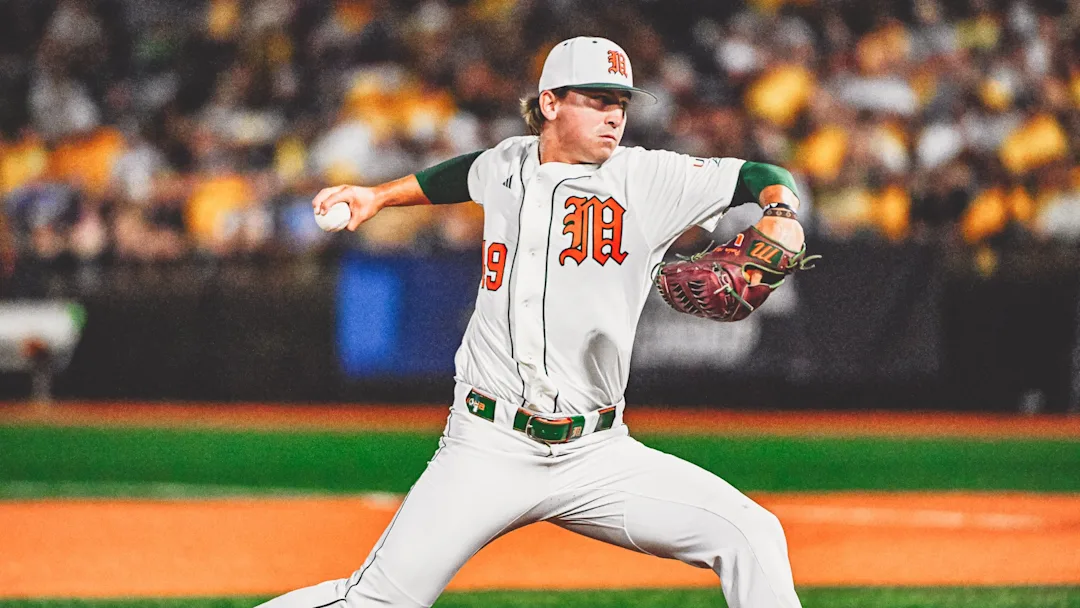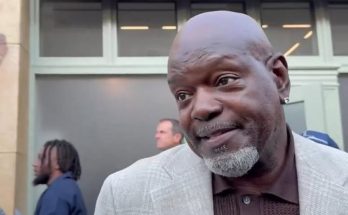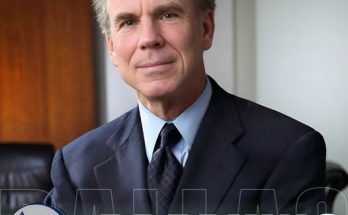Another Miami Hurricanes pitcher has officially entered the transfer portal, marking yet another blow to a baseball program that has seen its roster steadily depleted over the past few weeks. As the dust settles on a season that fell short of expectations, the movement within the Hurricanes’ pitching staff is raising eyebrows, fueling speculation, and prompting larger conversations about the direction of the program under its current leadership.
The latest departure adds to what is quickly becoming a concerning trend for Miami. Once known for its pitching pedigree and history of producing dominant arms, the Hurricanes now find themselves at a crossroads. The talent drain through the portal has become more than just a footnote—it’s a full-blown narrative. And with another arm exiting the rotation, questions about stability, development, and the team’s long-term vision are louder than ever.
For a fanbase accustomed to Miami being not just relevant but elite in the college baseball landscape, watching key contributors jump ship is unsettling. This isn’t just about one player looking for more opportunities or a better fit. This is about momentum—or the lack thereof. When players begin to leave en masse, especially from a single unit like the pitching staff, it typically indicates deeper issues within the program.
Whether it’s philosophical differences, coaching changes, unmet expectations, or simply a desire for a fresh start, players have their reasons for entering the portal. But when pitchers, in particular, begin to move on in waves, it often points to concerns over development, usage, or confidence in the program’s ability to prepare them for the next level. Pitching, more than any other component of college baseball, is rooted in trust—trust between a player and his coaching staff, his role, his workload, and the overarching plan for his growth.
Miami’s struggles on the mound this past season weren’t merely statistical anomalies—they were symptoms of a larger problem. Consistency was elusive. Injuries took their toll. Roles were shuffled and reshuffled. And in some cases, highly touted pitchers simply didn’t develop as expected. The constant churn, now exacerbated by another portal entry, is forcing Miami’s decision-makers to re-evaluate everything from recruiting strategy to coaching philosophy.
For the player leaving, this move could be rejuvenating. The portal provides a fresh slate and new possibilities. Whether it’s a Power Five program looking for an experienced arm, a mid-major promising a more prominent role, or a contender offering a clear path to Omaha, options abound. And with NIL opportunities increasingly factoring into the decision-making process, athletes today are empowered in ways they weren’t just a few short years ago.
That empowerment, while a positive for individual athletes, has also placed immense pressure on programs to deliver results quickly. No longer can a school like Miami rely solely on its historic brand or South Florida pipeline to keep talent in-house. Retention now matters just as much as recruitment. And if pitchers feel that they’re stagnating—or worse, regressing—they won’t hesitate to explore other opportunities. The portal has fundamentally shifted the balance of power, and programs that don’t adapt risk falling behind.
Miami, a school with a rich baseball tradition, now faces a critical summer. The coaching staff must not only identify replacements for the departing arms but also reassure the pitchers still on the roster that there’s a cohesive vision moving forward. Player development, pitching philosophy, injury prevention—all must be addressed with urgency and transparency. Communication has never been more vital.
This latest departure is also likely to impact recruiting. Opposing coaches will undoubtedly point to the exodus of pitching talent as a warning sign. Recruits and their families will ask questions. Why are pitchers leaving Miami? What’s happening behind the scenes? And what assurances can be made that their sons won’t be the next names in the portal? It’s a tough narrative to combat once it begins gaining traction.
At the same time, Miami does have an opportunity to reset. The portal taketh, but it also giveth. There is no shortage of talented pitchers available, and the Hurricanes’ brand, despite recent struggles, still carries weight. If the coaching staff can present a compelling case—highlighting immediate playing time, a supportive development structure, and a clear identity—it can still attract high-level arms.
This isn’t the first time Miami has faced adversity, nor will it be the last. But the current climate requires a different kind of response. No longer is tradition enough. The days of simply pointing to past College World Series appearances or MLB alumni as proof of program strength are over. What matters now is the present—who’s developing, who’s winning, and who’s staying.
To stop the bleeding, Miami may need to make difficult decisions. That could mean re-evaluating assistant coaches, especially those tied directly to pitching development. It could mean changing how pitchers are recruited—placing more emphasis on mental makeup, coachability, and readiness to contribute. Or it could mean adjusting the pitching philosophy itself—be it pitch selection, biomechanics focus, or load management—to better align with modern trends in the sport.
For fans, the growing list of portal departures is frustrating. Every name that leaves represents a lost investment—time, energy, and hope poured into a player now wearing a different jersey. But more than that, it represents a growing sense that the program is treading water. Miami Baseball has too much pride, too much history, and too much potential to be anything less than elite.
Yet elite programs are built on more than just reputation. They’re built on results. On player satisfaction. On development that is both evident and consistent. If Miami hopes to reestablish itself as a national contender, it must not only stem the tide of departures but reverse it entirely—attracting players who believe in the vision and want to be part of building something special.
The good news is that turnaround is still possible. College baseball is increasingly volatile. Programs can swing from mediocrity to Omaha in the span of a single recruiting cycle. But that requires leadership with a clear plan, adaptability to changing circumstances, and a relentless commitment to keeping the roster not just talented but united.
With another pitcher now gone, Miami is on the clock. The next few weeks will be pivotal. How the program responds—both in the portal and in the clubhouse—will set the tone for the months ahead. Will they regroup, reload, and reassert themselves as a powerhouse? Or will the trickle of exits become a flood that forces an even more painful reset?
One thing is certain: the status quo is no longer sustainable. If Miami wants to return to prominence, it must treat this moment not as a crisis, but as a catalyst. Because sometimes, rock bottom is where the foundation gets rebuilt. And with every challenge comes an opportunity—to learn, to adapt, and ultimately, to rise.



